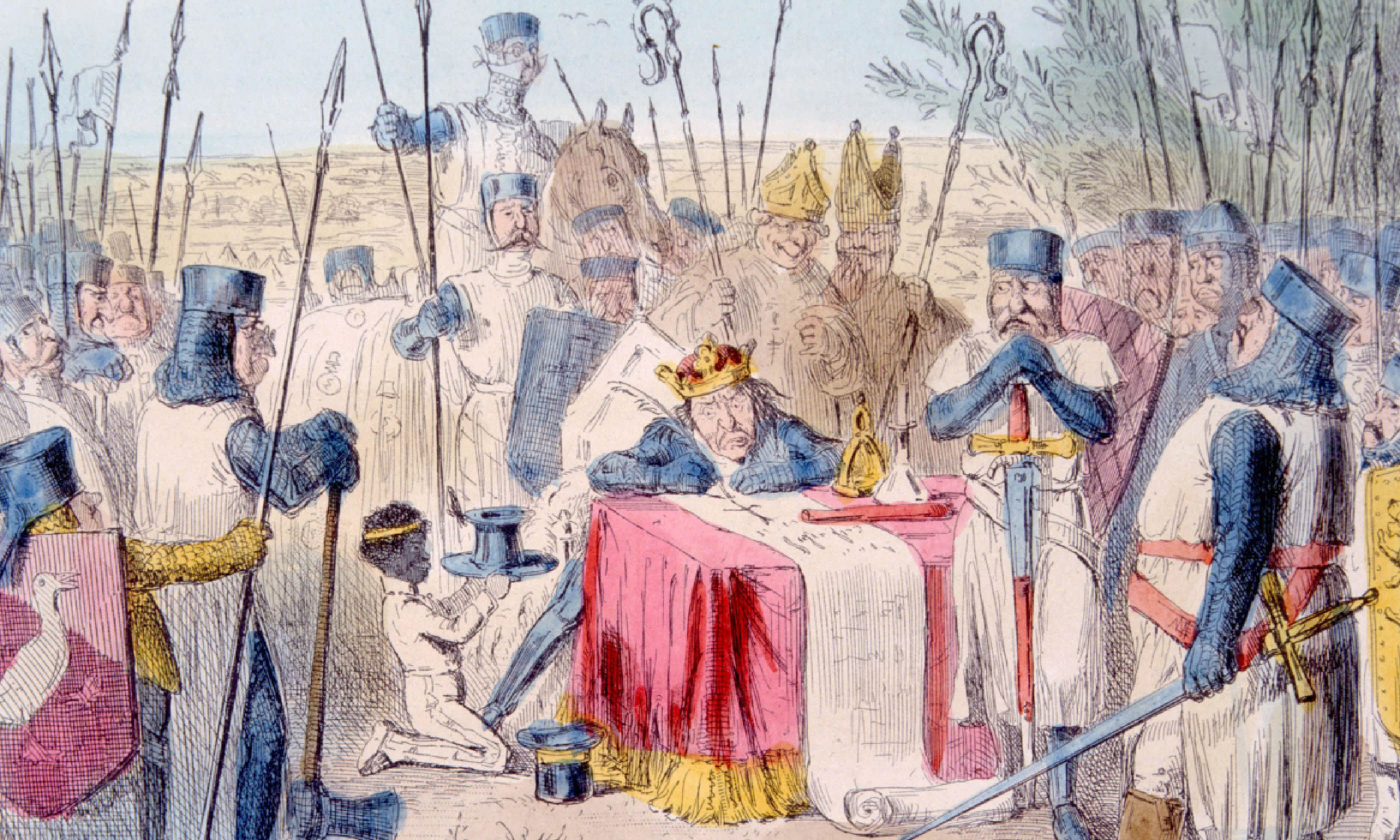A quick guide to the Magna Carta
TIME : 2016/2/23 16:15:30

A quick guide to the Magna Carta
June 2015 marks the 800th anniversary of the signing of the Magna Carta – but what actually is it? And why is it so important?
I think I remember this from school...
Yes, most likely. Latin for ‘the Great Charter’, and also known as the Great Charter of Liberties, Magna Carta is one of the world’s most famous historical documents, and the first to decree that all people should be subject to the law – even monarchs. It was drawn up by the Archbishop of Canterbury and an irate group of medieval barons in order to keep King John of England (1199-1216) in check.
Oh dear. What had he done?
Angered his subjects by losing control of territory in France, levying taxes without consulting the lords of the land and generally abusing his power.
But that’s ancient history surely. Why are we still talking about it?
Because Magna Carta is still relevant today. Many of its most fundamental principles, such as the right to justice and a fair trial, are enshrined in the British constitution and the US Bill of Rights, not to mention the Universal Declaration of Human Rights and the European Convention on Human Rights. There’s also the small matter of an anniversary. It was signed (or rather, sealed) by the king on 15 June 1215 so it turns 800 this month.
Smashing. What can I do celebrate?
You could visit the
Magna Carta exhibition at the British Library in London (running until 1 September), home to two of the four original copies of the charter that still survive today. Or make a pilgrimage to the cathedrals of
Lincoln and
Salisbury – the keepers of the other two.
You could also take a trip to Runnymede (a stone’s throw from Wanderlust’s hometown of Windsor) where the charter was signed. A commemoration will be taking place there on the day of the anniversary, with
lots of events and activities around the day.
